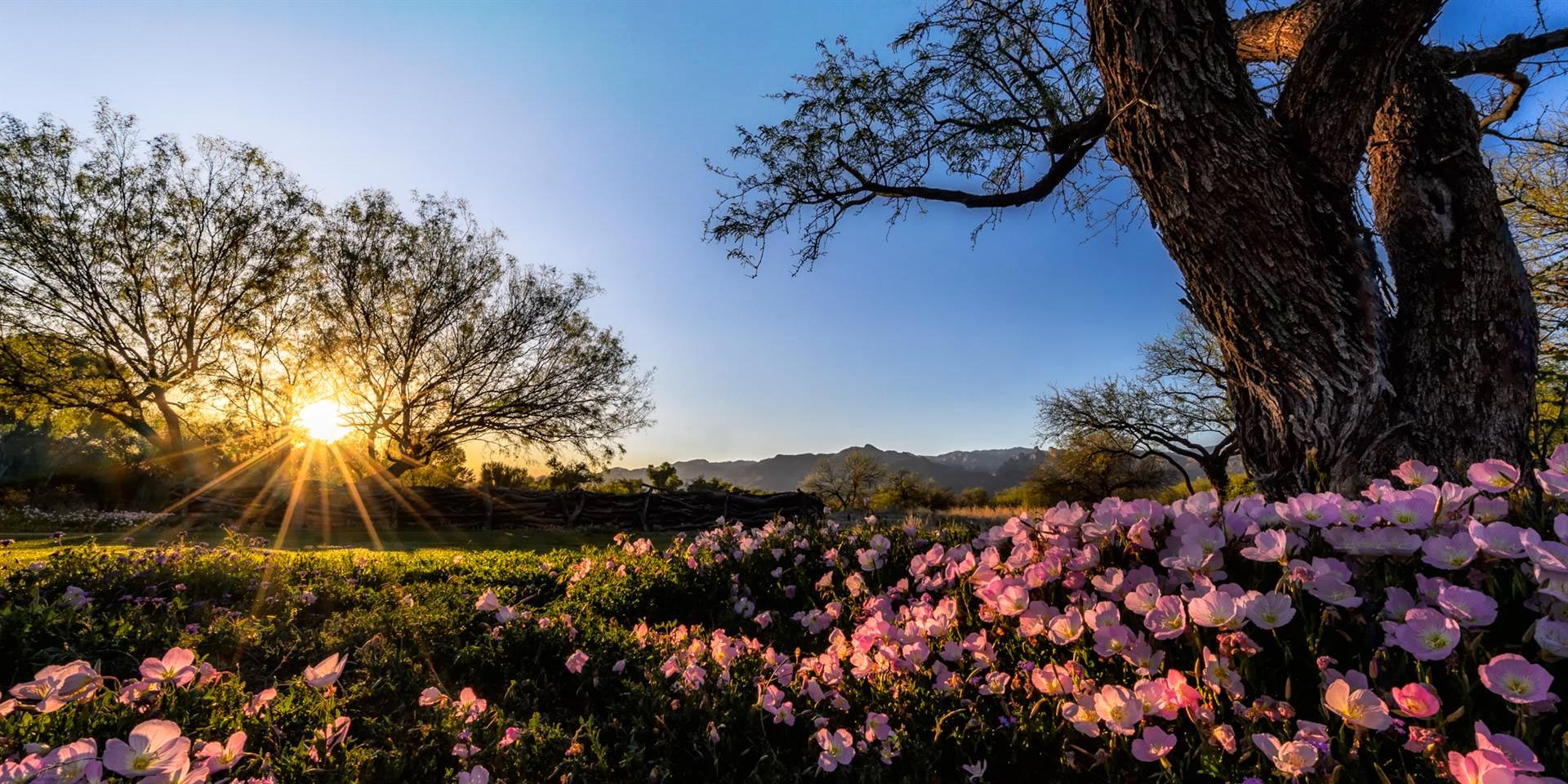November 2024 Chapter Meeting
Posted Nov 03, 2024
Re-hydrating and Re-enlivening Our Communities with Rain-watered Neighborhood Food Forestry
Presented by Brad Lancaster
Thursday, November 14, 2024
Live at 7:00 pm or on zoom
U of A campus, Environment and Natural Resources Building (ENR2), Room S255 — 1064 E. Lowell Street, Tucson AZ
This presentation is about neighborhood forestry efforts empowering citizens, and contractors, to effectively plant the rain and native food-bearing vegetation to grow vibrant and resilient abundance where they live, work, and play. Then train them up and support them with the education, guidance, collaborations, and policy that enable them to better steward the plantings for decades to come. Dramatic results include cooler neighborhoods, healthier eating, a revitalization of indigenous cuisine, deeper connections with people and place, reduced flooding, skill building, greater soil fertility, and more beauty and joy. The strategies and practices are accessible to all and most are free or cost no more than the price of a shovel. View these strategies in practice at: https://dunbarspringneighborhoodforesters.org/
Presenter: Brad Lancaster
Brad Lancaster is the author of the award-winning book Rainwater Harvesting for Drylands and Beyond and co-founder of Neighborhood Foresters. Since 1993 Brad has run a successful permaculture education, design, and consultation business focused on integrated regenerative approaches to landscape design, planning, and living. In the Sonoran Desert, with just 11 inches (280 mmm) of average annual rainfall, he and his brother’s family harvest about 100,000 gallons (378,000 liters) of rainwater a year on an eighth-acre (0.05 ha) urban lot and adjoining right-of-way. This harvested water is then turned into living air conditioners of food-bearing shade trees, abundant gardens, and a thriving landscape incorporating wildlife habitat, beauty, medicinal plants, and more. The goal of his work is to empower his clients and community to make positive change in their own lives andneighborhoods—by harvesting and enhancing free on-site resources such as water, sun, wind, shade, community, and more.

